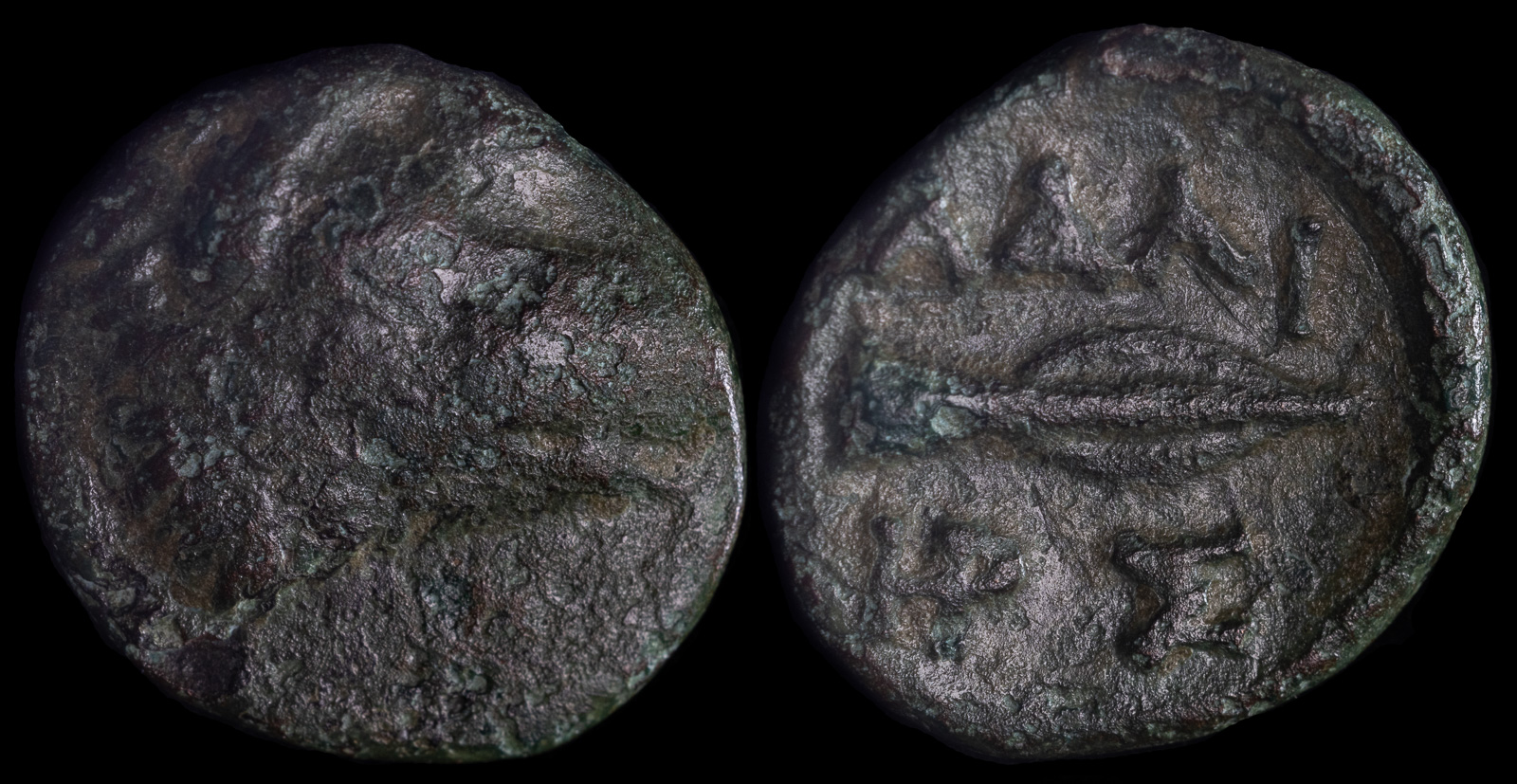Spear
View All Tags
The sarissa (σαρίσσα) was another significant spear used by the ancient Greeks, especially during the Hellenistic period. This was a much longer spear, often ranging from 13 to 21 feet in length, making it notably different from the traditional dory. The sarissa was designed for use in the phalanx formation, where its length allowed soldiers to strike their enemies from a greater distance while remaining protected behind their shields. The sarissa’s extended reach gave it a significant advantage over shorter spears, especially in the tightly packed formations where Greek armies, particularly those of Philip II and Alexander the Great, excelled. Its length made it highly effective in both offense and defense, allowing soldiers to thrust at opponents before they could close the distance for hand-to-hand combat.
The use of the sarissa marked a shift in Greek military tactics, and its introduction by Philip II of Macedon revolutionized the effectiveness of the Macedonian phalanx. The sarissa allowed for the creation of a formidable line of soldiers armed with long spears, each of which could engage enemies from several feet away. This made it difficult for the enemy to penetrate the formation and provided a significant advantage in pitched battles. While the sarissa was not easily wielded in confined spaces, its effectiveness in open battle was unparalleled.
In addition to the sarissa and dory, there were other types of spears used in ancient Greece, such as the kontos (κοντός), which was a long spear or polearm, typically used by cavalry. The kontos was often much longer than the dory, allowing mounted soldiers to strike from a higher position while charging into battle. However, it was less commonly used by infantry in comparison to the sarissa or dory.
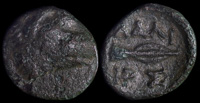
Adaios 253-243 BCE

Ainianes, Thessaly 4th-early 3rd centuries BCE
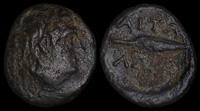
Aitolian League 290-220 BCE
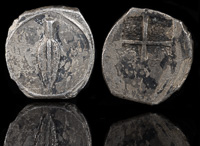
Alexander I 420 BCE

Alexander riding Bukephalos 238-244 CE
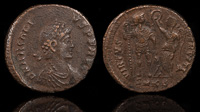
Arcadius 395-401 CE
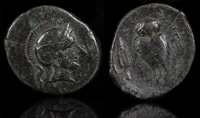
Argos Amphilochikon, Akarnania 300-200 BCE
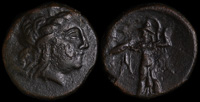
Argos, Argolis 280-260 BCE

Ariaramnes 280-230 BE
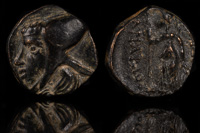
Ariarathes IV 220-163 BCE
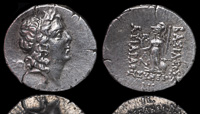
Ariarathes IX Eusebes 88/7 BCE
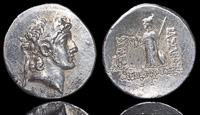
Ariarathes VI Epiphanes 118/7 BCE
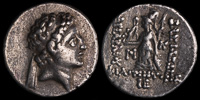
Ariarathes VII 104/3 BCE

Ariarathes X 42-36 BCE
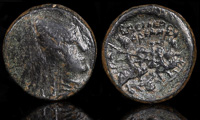
Arsames I 240 BCE
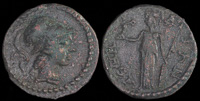
Athens 140-175 CE

Athens, Attica 264-267 CE

Athens, Attica 39-37 BCE

Barata, Lykaonia 244-249 CE
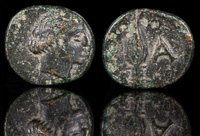
Chalke, Islands off Rhodes 4th cent BCE
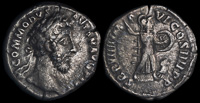
Commodus 180-192 CE
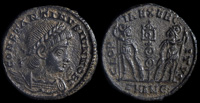
Constantine II 317-337 CE

Crispus 322-323 CE
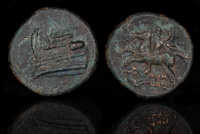
Demetrios Poliorketes 300 BCE
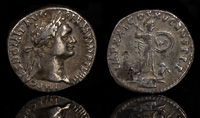
Domitian 90 CE
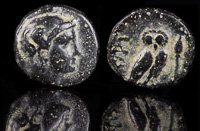
Dorylaion, Phrygia 300-100 BCE
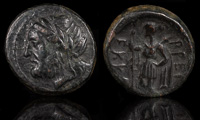
Ekkara, Thessaly 325-320 BCE

Epeiros, The Athamanes 168-146 BCE
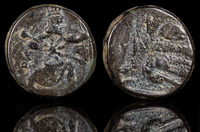
Ephesos Hinterlands 350-333 BCE
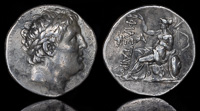
Eumenes I 255-241 BCE

Geta 197-209 CE
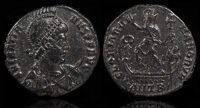
Gratian 379 CE
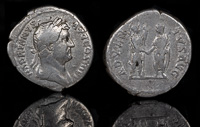
Hadrian 117-138 CE
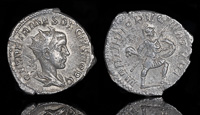
Herennius Etruscus 250-251 CE
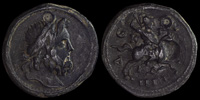
Isinda, Pisidia 100-0 BCE

Julian II The Apostate 361-363 CE

Kardia, Chersonese 350-309 BCE
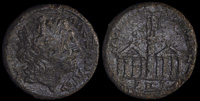
Koinon of Macedon 222-235 CE
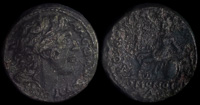
Koinon of Macedon 222-235 CE
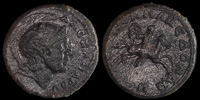
Koinon of Macedon 222-235 CE
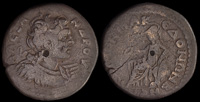
Koinon of Macedon 222-235 CE

Koinon of Macedon 222-235 CE
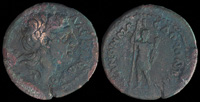
Koinon of Macedon 222-235 CE
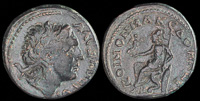
Koinon of Macedon 222-235 CE
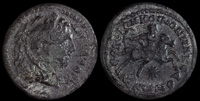
Koinon of Macedon 239-244 CE

Koinon of Macedon 239-244 CE

Kyparissia, Messenia 193-211 CE
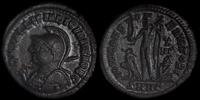
Licinius II 321-324 CE
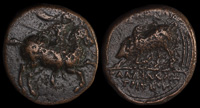
Magnesia ad Maeander 350-200 BCE
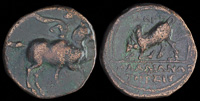
Magnesia ad Maeander ca 350-200 BCE

Magnesia ad Maeandrum 350-200 BCE

Magnesia ad Maeandrum 350-200 BCE

Magnesia ad Meander, Ionia 350-200
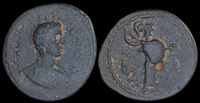
Megara, Megaris 198-209 CE
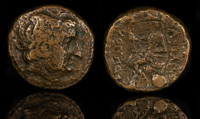
Nikomedes I 280-250 BCE
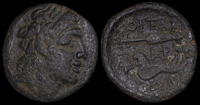
Oitaio, Thessaly 279-191 BCE

Orchomenos, Arkadia 350-300 BCE

Peirasia, Thessaly 4th century BCE
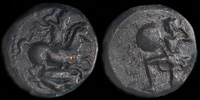
Pelinna, Thessaly 425-350 BCE

Philip II 244-246 CE
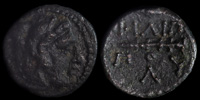
Philip II 359-336 BCE
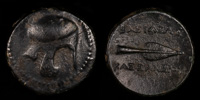
Pleistarchos 305-298 BCE
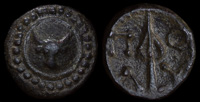
Polyrhenion, Crete 330-280 BCE

Ptolemy I Soter 311-305 BCE

Pylos, Messenia 193-217 CE
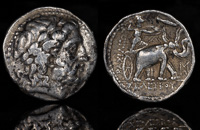
Seleukos I Nikator 296-281 BCE
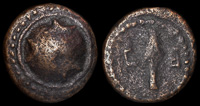
Selge, Pisidia 300-119 BCE
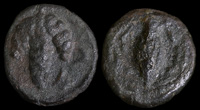
Syangela, Caria 300-275 BCE
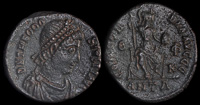
Thedosius I 379-383 CE
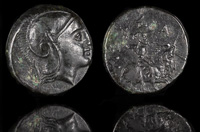
Tissaphernes 400-395 BCE
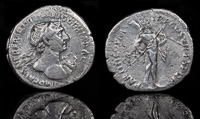
Trajan 98-117 CE
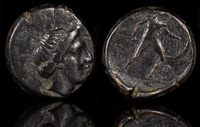
Trikka, Thessaly 400-300 BCE
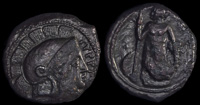
Tyrrhenoi, Sicily 354-336 BCE
